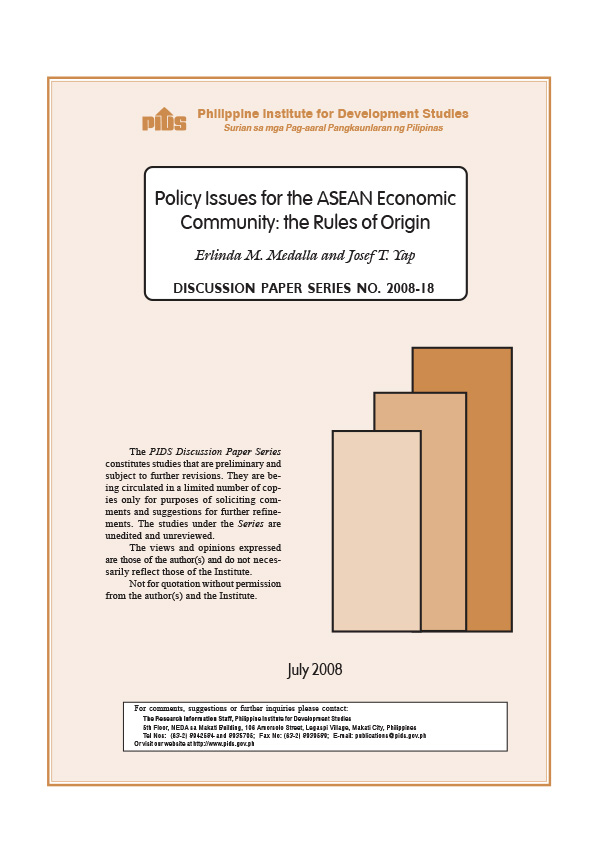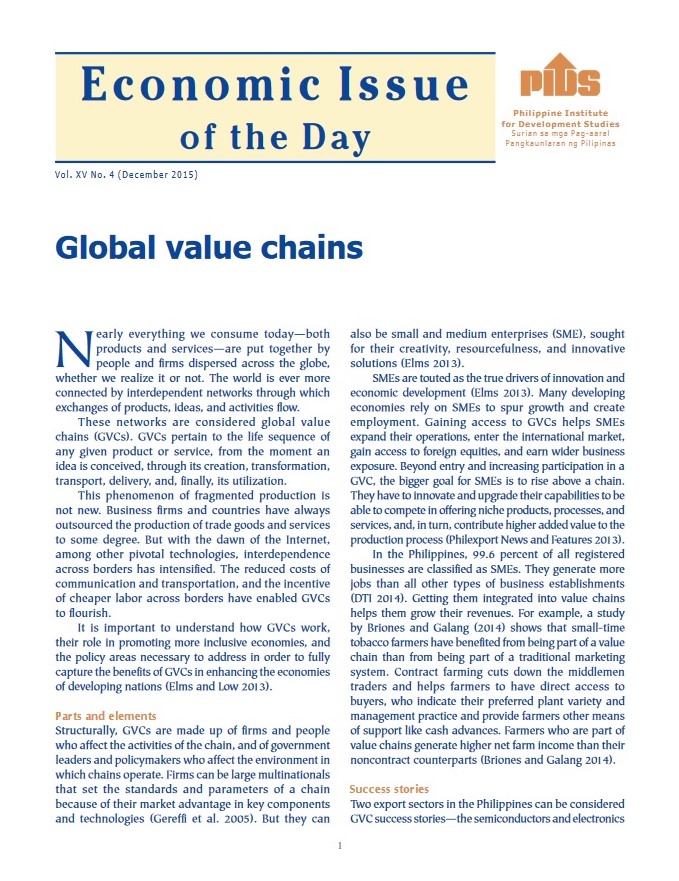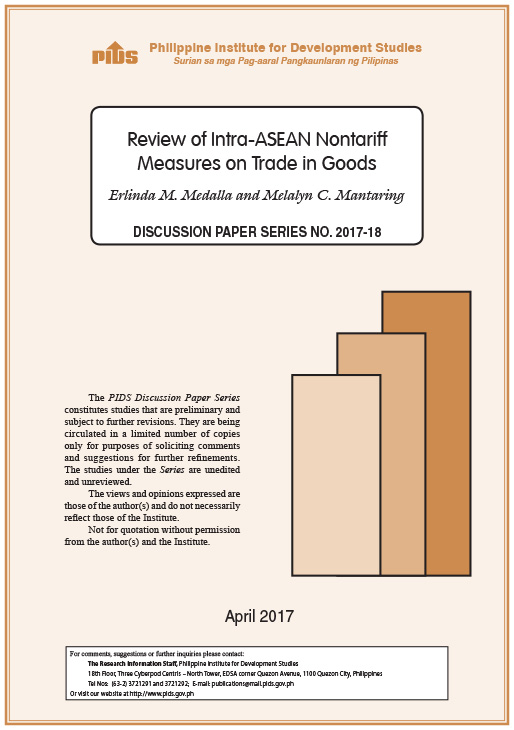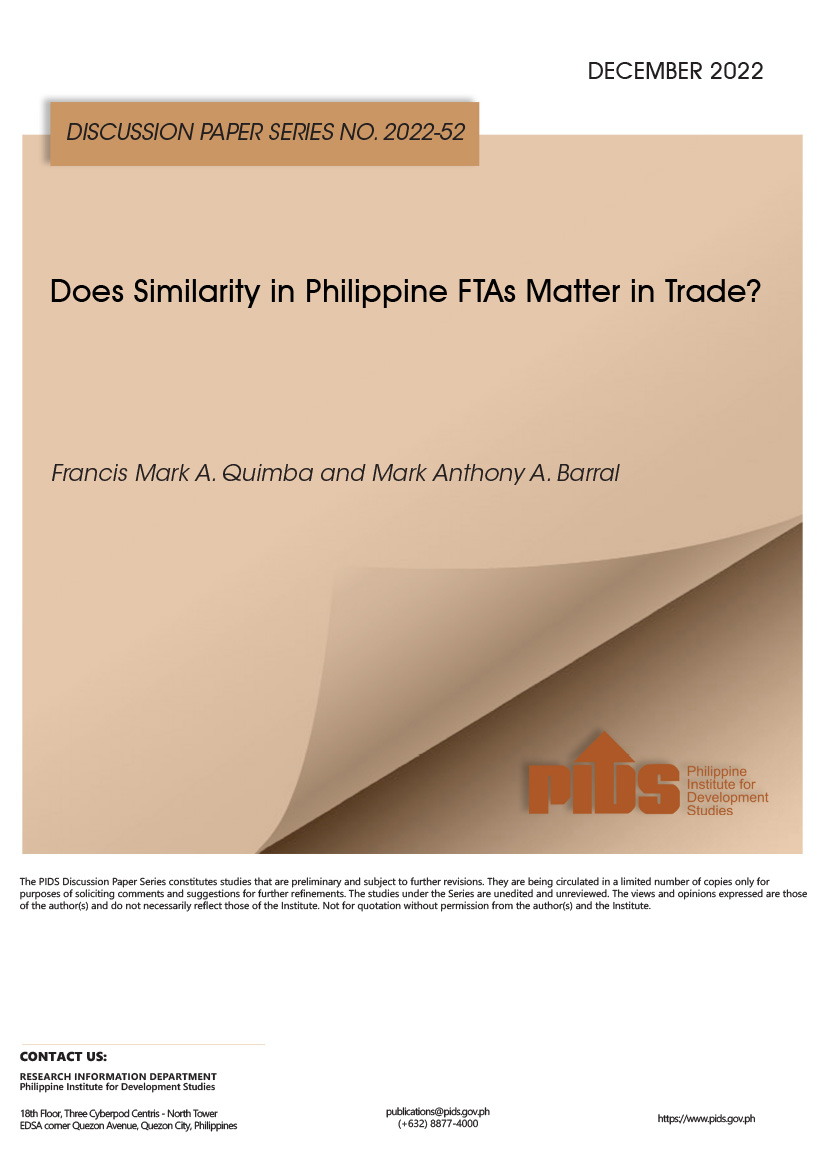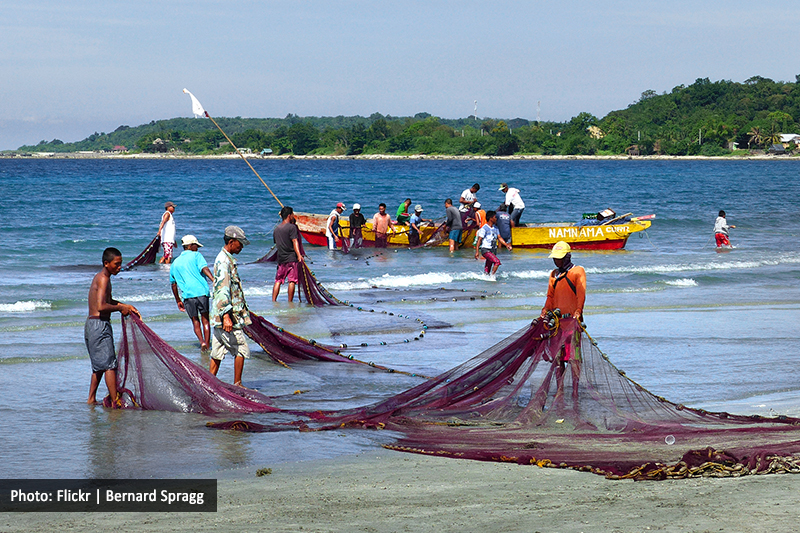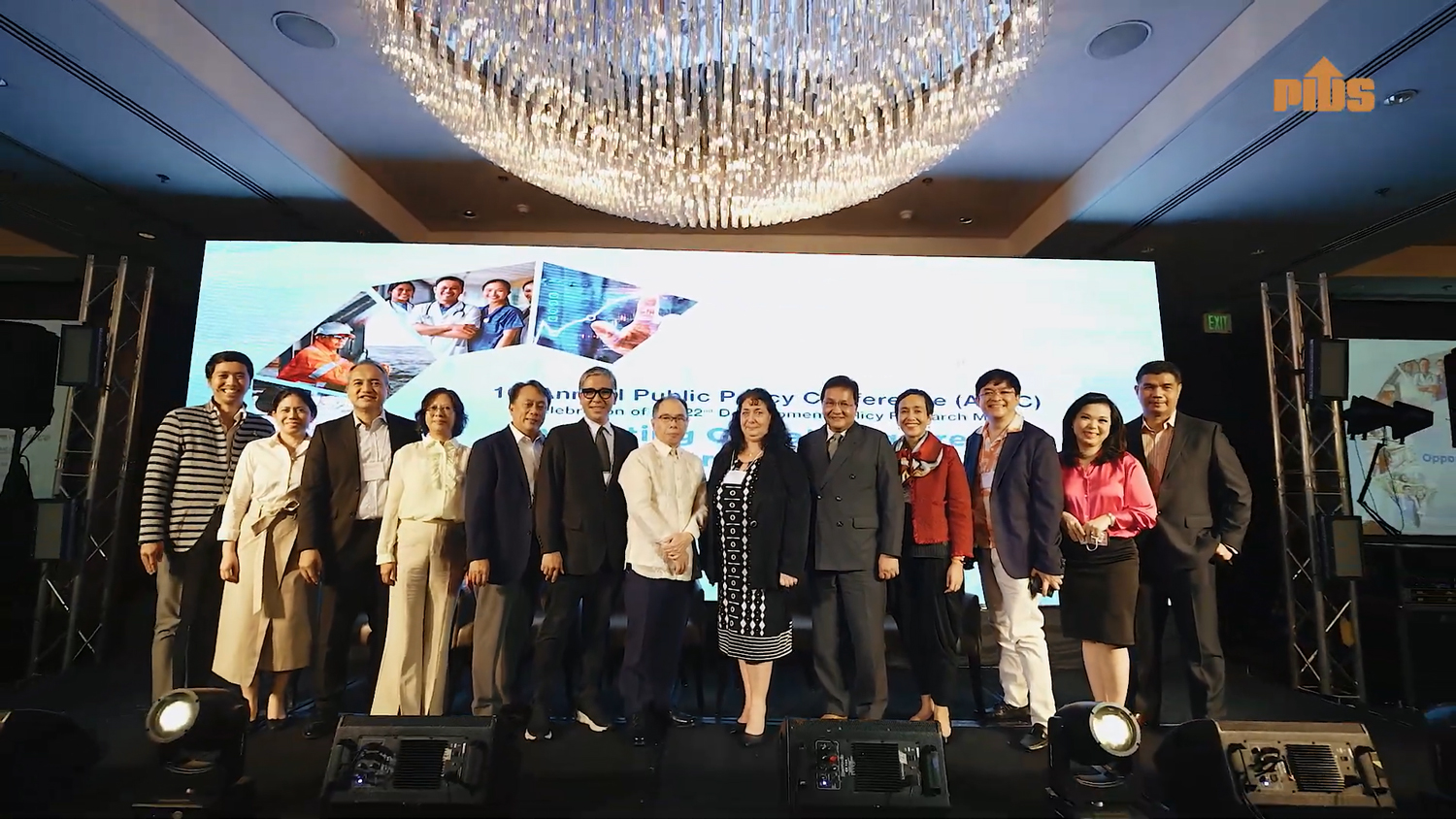Striking a balance between trade facilitation and preventing trade deflection is the single most difficult challenge with regard to the issue of rules of origin (ROO). ASEAN ROO is already considered as among the simplest in the world and still, in practice, results fall short of expectations. ASEAN is fully cognizant that in order to achieve its goal of a single market and production base, progress in eliminating tariffs within ASEAN is not enough. It needs to be accompanied by an enabling ROO regime. Indeed, the AEC Blueprint explicitly provides for instituting reforms in ASEAN ROOs toward the direction of less restriction and simplification. In the medium term, ASEAN member countries can push for an East Asia Free Trade Area that will consolidate the various bilateral and subregional FTAs and therefore overcome the noodle bowl syndrome. This would be a direct result of harmonizing the various ROOs. It goes without saying that the ultimate or long-term objective would be an equitable and efficient multilateral trading system anchored on lower MFN rates under the auspices of the WTO.
Citations
This publication has been cited 4 times
- Chia, Siow Yue. 2010. Trade and investment policies and regional economic integration in East Asia. Trade Working Papers 21878. East Asian Bureau of Economic Research.
- Chia, Siow Yue. 2010. Trade and investment policies and regional economic integration in East Asia. Working Papers id:2993. eSocialSciences.
- Chirathivat, Suthiphand and Piti Srisangnam. 2013. The 2030 architecture of Association of Southeast Asian Nations free trade agreements. ADBI Working Papers 419. Asian Development Bank Institute.
- Medalla, Erlinda M. and Maureen Ane D. Rosellon. 2012. Rules of origin in ASEAN+1 FTAs and the value chain in East Asia. Discussion Papers DP 2012-37. Philippine Institute for Development Studies.

